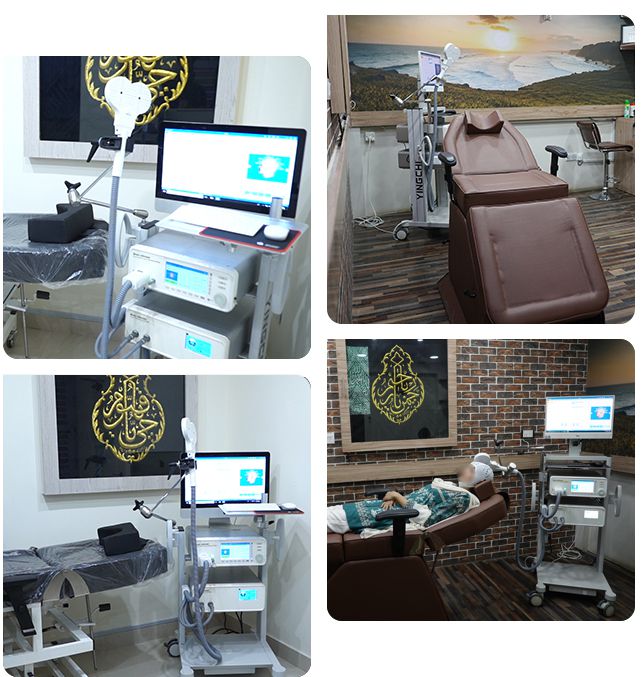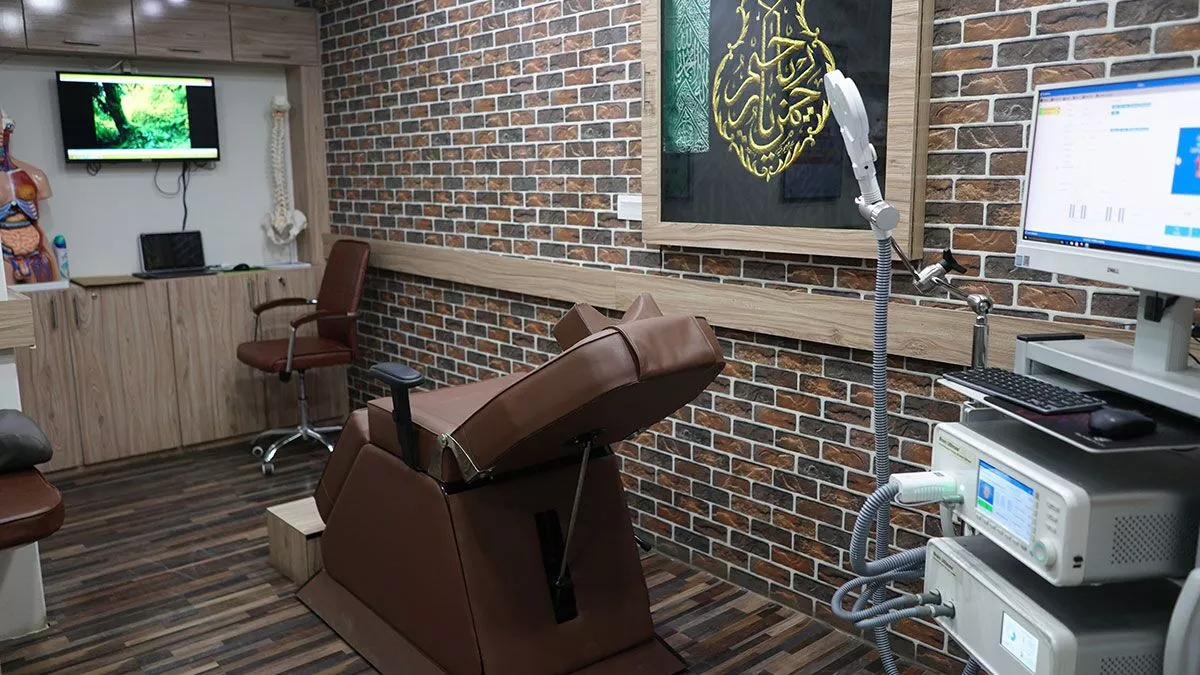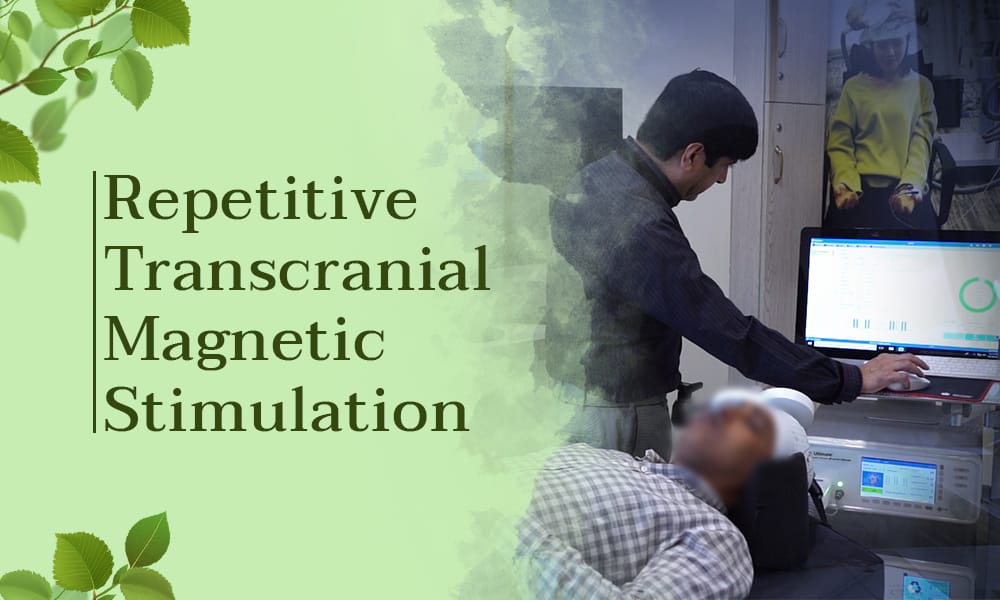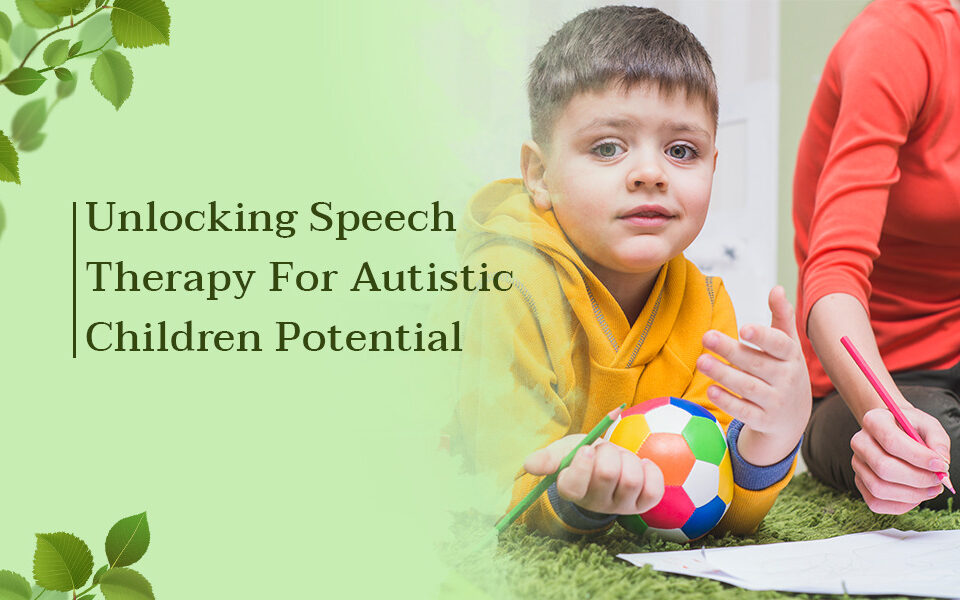- Jofa Tower 5th floor, SB-23, Block 13 C, Main University Rd, Gulshan-e-Iqbal, Karachi.
- +92 322 3746726
- tis@transformation.com.pk
Repetitive Transcranial Magnetic Stimulation

Autism Behavior Problems
July 27, 2023
What Would Make Me Ineligible for rTMS Therapy?
August 2, 2023Repetitive Transcranial magnetic stimulation (rTMS) is a treatment for serious depression that employs magnetic fields to activate nerve cells in the brain. It is referred to as a "noninvasive" technique since it is performed without the need for surgery or skin cutting. Approved by the U.S. Food and Drug Administration (FDA), rTMS usually is used only when other depression treatments haven't been effective.
Magnetic pulses are used to target particular parts of the brain in this therapy. People have been using it since 1985 to relieve the intense sadness and feelings of hopelessness that can come with depression. The treatment entails inserting a coil on the scalp that contains an electromagnetic coil and creates magnetic pulses. These magnetic pulses travel through the skull and into the brain, stimulating nerve cells (neurons) in the desired location. Depending on the frequency and strength of the pulses as well as the location being stimulated, the stimulation can either excite or inhibit brain activity.
The precise mechanism by which rTMS works is unknown, but it is thought to influence neural circuits in the brain, potentially helping to regulate mood and improve symptoms of a variety of neurological and psychiatric conditions. It is critical to highlight that rTMS is only indicated when other conventional therapies have failed or are ineffective owing to adverse effects.

What does Repetitive Transcranial Magnetic Stimulation do?
Its major purpose is to impact neuronal circuits in the brain, resulting in changes in brain function that can help cure specific neurological and psychiatric problems.
Treatment of Depression:
The treatment of depression, particularly treatment-resistant depression, is one of the most well-established and extensively researched uses of rTMS. By stimulating specific areas of the brain associated with mood regulation, rTMS can help alleviate depressive symptoms in some individuals.
Neuroplasticity:
It has been demonstrated that rTMS causes neuroplasticity alterations in the brain. The capacity of the brain to reorganize and generate new neural connections in response to experiences and learning is referred to as neuroplasticity. rTMS may increase neuroplasticity and induce adaptive changes in neural networks by stimulating specific brain areas.
Modulation of Brain Activity:
Depending on the frequency and intensity of the magnetic pulses used in rTMS, it can either excite or inhibit brain activity in the targeted area. High-frequency rTMS is thought to increase neural activity, while low-frequency rTMS tends to decrease it. This ability to modulate brain activity is useful for studying brain function and investigating various neurological and psychiatric conditions.
Pain management:
rTMS has been investigated as a possible treatment for chronic pain. rTMS may help lower pain intensity and enhance pain-related quality of life by targeting regions of the brain involved in pain perception and processing.
Research and mapping:
In addition to its therapeutic applications, rTMS is also used as a research tool to investigate brain function and connectivity. Researchers can use rTMS to temporarily disrupt specific brain regions and observe the effects on cognitive and motor functions, providing insights into brain-behavior relationships.
Repetitive Transcranial Magnetic Stimulation (rTMS) Services in Karachi
How does rTMS work properly?
A typical rTMS treatment session will consist of the following:
- You'll sit or recline as a doctor implants a particular electromagnetic coil near the top of your head, specifically near a brain region that controls your mood.
- The coil sends magnetic pulses to the brain. The sensation is not painful but may feel like a knock or tapping on the head.
- These pulses cause electrical currents to flow through your nerve cells.
- After rTMS, you can continue your normal activities (including driving).
These electrical currents are thought to stimulate brain cells in a complex way that can reduce depression. Some doctors may put the coil in several locations across the brain.

What are the three main types of TMS?
TMS comes in different forms, the most popular of which is repetitive transcranial magnetic stimulation TMS stands for Transcranial Magnetic Stimulation, a non-invasive neurostimulation technique used in medical and research settings. TMS is classified into three types:
Single-pulse TMS:
This is the most basic type of TMS, in which a single magnetic pulse is administered to a particular location of the brain. It is widely used to map brain processes and investigate the connections of various brain areas.
Repetitive TMS (rTMS):
Multiple magnetic pulses are delivered in quick succession, often at a specified frequency, in this type of TMS. rTMS can modify brain activity and is being studied for its therapeutic potential in a variety of neurological and psychiatric diseases, including depression and some forms of chronic pain.
Theta Burst Stimulation (TBS):
TBS is a specific form of rTMS that delivers bursts of high-frequency magnetic pulses in a pattern resembling theta brainwave activity. It is used in research and may have different effects on brain plasticity compared to traditional rTMS protocols.
As with any medical procedure, rTMS should be performed by trained professionals and only after a thorough evaluation to determine its appropriateness for a particular patient's needs. The effects of TMS may vary depending on the type employed and the condition being treated. For example, current research indicates that, while rTMS may be beneficial in treating depression, it may be less effective in treating OCD. We understand that every patient is unique, and their experiences with depression and OCD may vary. Our clinic boasts a team of experienced and board-certified medical professionals specialized in administering rTMS for Depression and OCD. We stay up-to-date with the latest research and protocols to ensure the best possible outcomes for our patients. In the United States, this Rtms services costs thousands of dollars. Transformation Wellness Clinics, on the other hand, is the only facility in Pakistan where you can get rTMS services in Karachi at a reasonable price.





